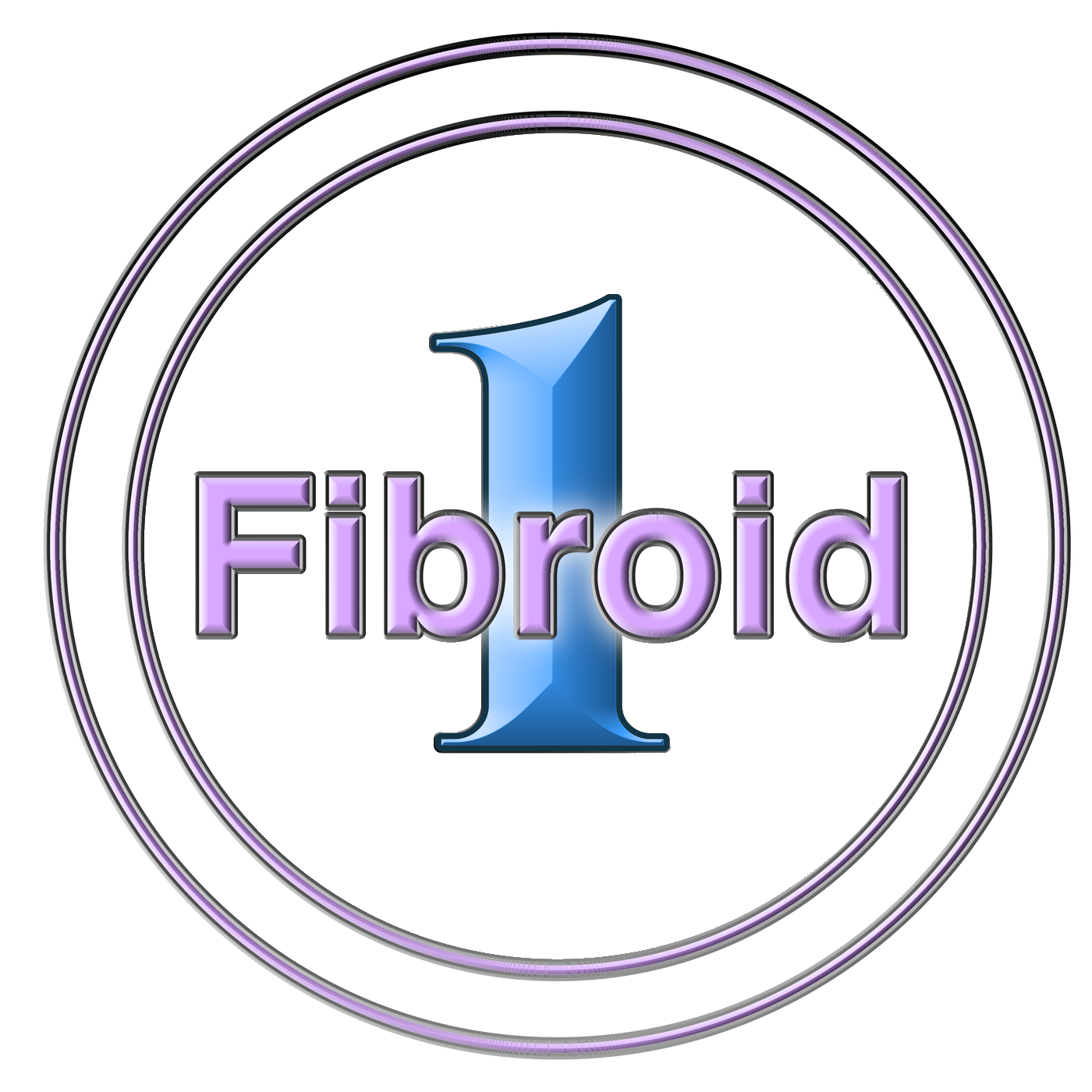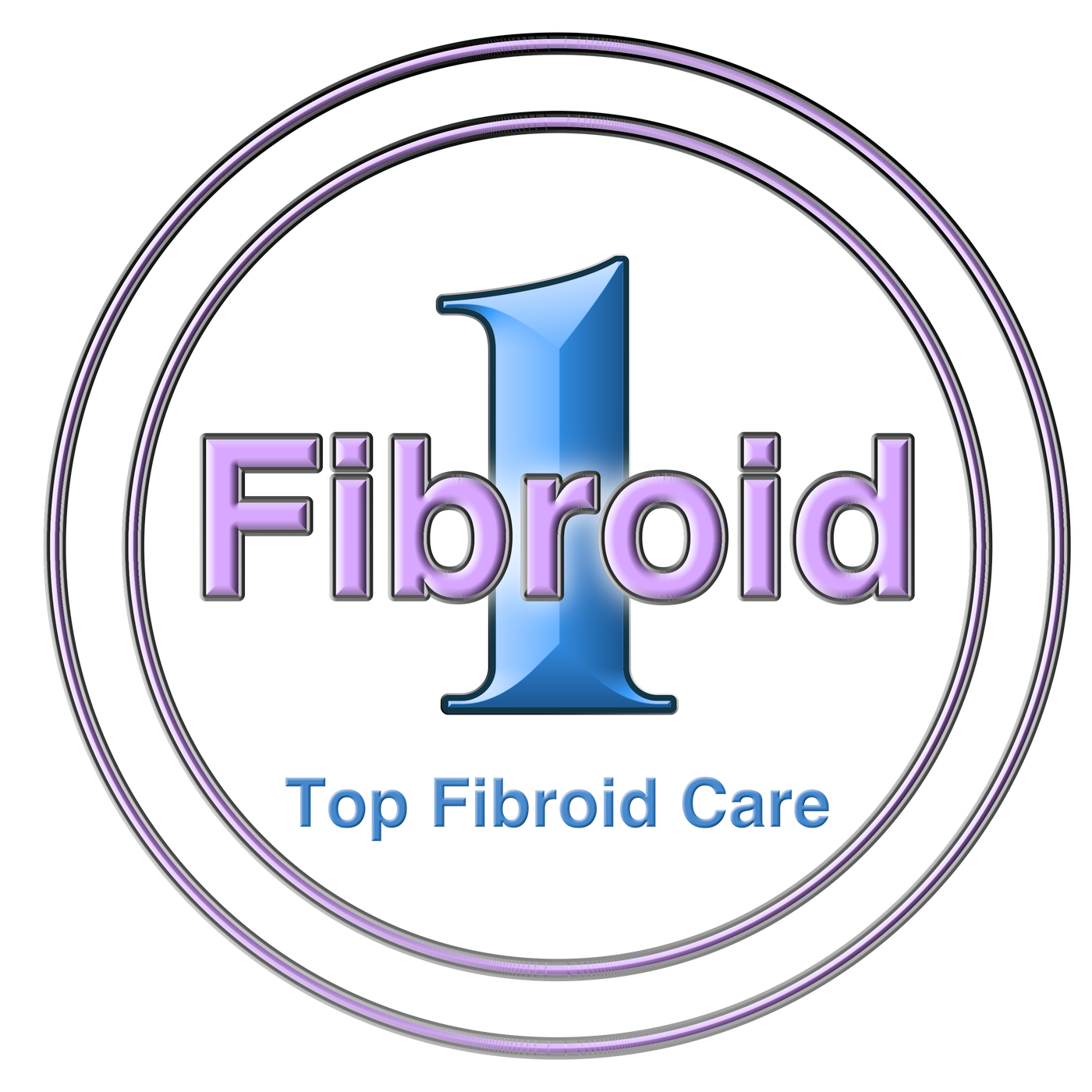If you’re among the numerous women experiencing life with uterine fibroids, your physician may suggest uterine fibroid embolization. Almost three-quarters of all women in the world develop uterine fibroids by the time they’re 60. However, most of these women will live their lives without any significant symptoms. When symptoms appear and become significant enough to warrant treatment, uterine fibroid embolization may help.
What To Expect During Uterine Fibroid Embolization Recovery
First, the medical staff will apply pressure to the surgical site to slow and stop the bleeding. This generally occurs within 20 minutes of the end of the procedure. Once the bleeding has stopped, you’ll be transported to the recovery area. The next few hours will be spent in this room as the medical staff monitor your vitals, including your breathing, pulse, and blood pressure. During this observation, you will remain lying on your back.
The recovery period can vary depending on the form of anesthesia used during the procedure. Some patients experience cramping after the UFE has been completed. If required, you will be given the necessary pain medication through your IV. Once you have been cleared as stable, you will be allowed to return home. You should have someone available to help you during your recovery period. While recovering at home, there are a few instructions you should follow:
- Keep the surgical site dry and clean
- Follow the instructions for bathing your doctor provided
- An aching sensation is common in the abdomen, pelvis, and the incision site
- Take the pain medication your provider suggested to address any discomfort
- Avoid taking aspirin and any other medication that thins the blood
- Gradually increase movement as suggested by your doctor
- Maintain a diet high in fluids and fiber to avoid constipation
- Avoid sexual intercourse until instructed, and do not douche or use tampons
- Wait for doctor authorization to return to work or strenuous activity
You should navigate the recovery period without complication if you follow these instructions. However, you will want to keep an eye out for certain indications to return to your physician. Among these indications are:
- Chills or fever
- Swelling, redness, or bleeding from the incision site
- Swelling, cramping, or abdominal pain
- Passage of discharge or increased bleeding from the vagina
These are all warning indicators that something has gone awry, and a visit to your physician is in order. Regardless, you will be seeing your physician within one or two weeks following the procedure date. Six months after the procedure, you may receive an MRI to follow the healing progress and identify any new fibroids that may have developed.
Your Fibroid Specialist Can Tell You More
If you’re waiting to receive your UFE and have more questions, reach out to your fibroid specialist. It’s important to be knowledgeable about the details surrounding your procedure. This will not only set any worries you may have at ease but also ensure you know how to give yourself the best chance of a full recovery. Schedule a consultation today to get ready for your UFE procedure and a future free from uterine fibroid symptoms.












